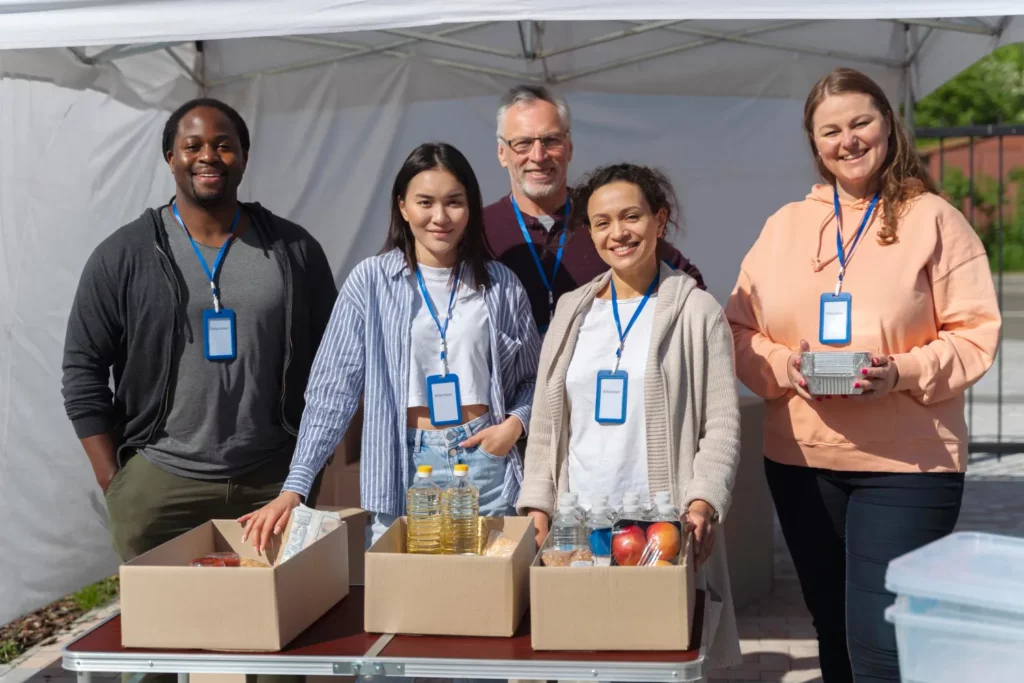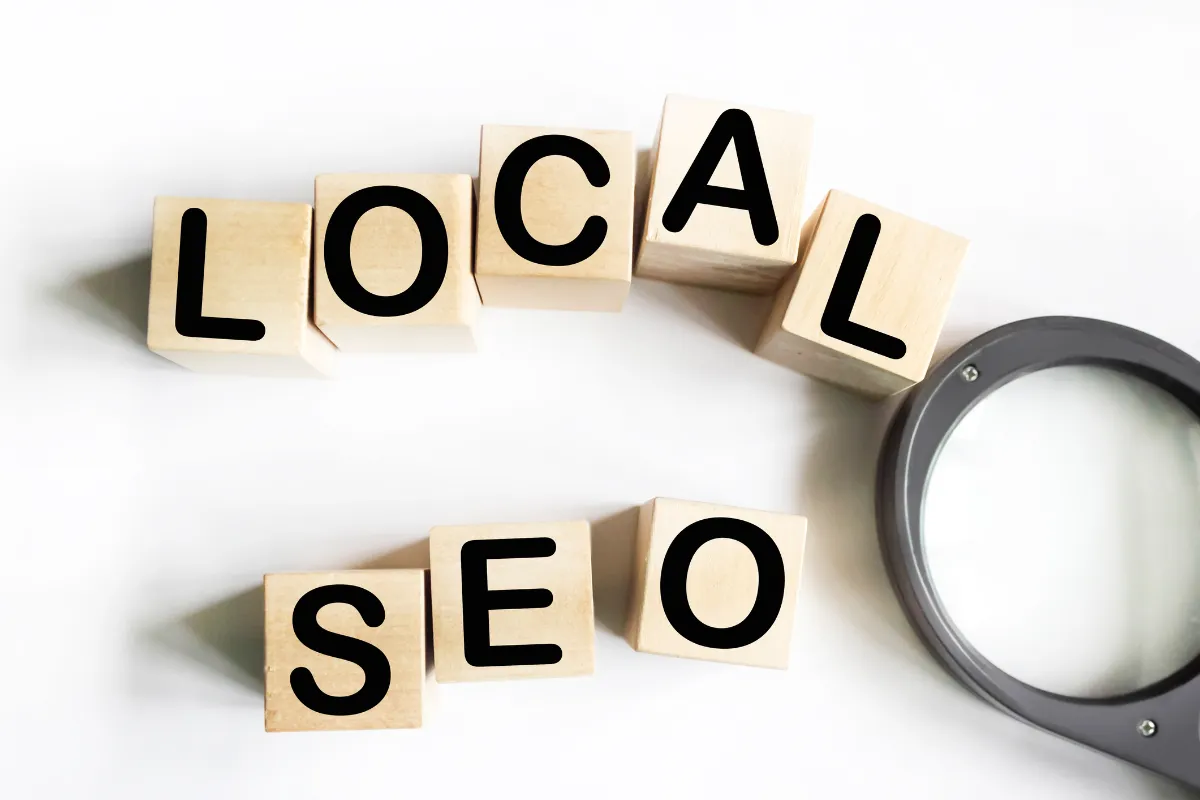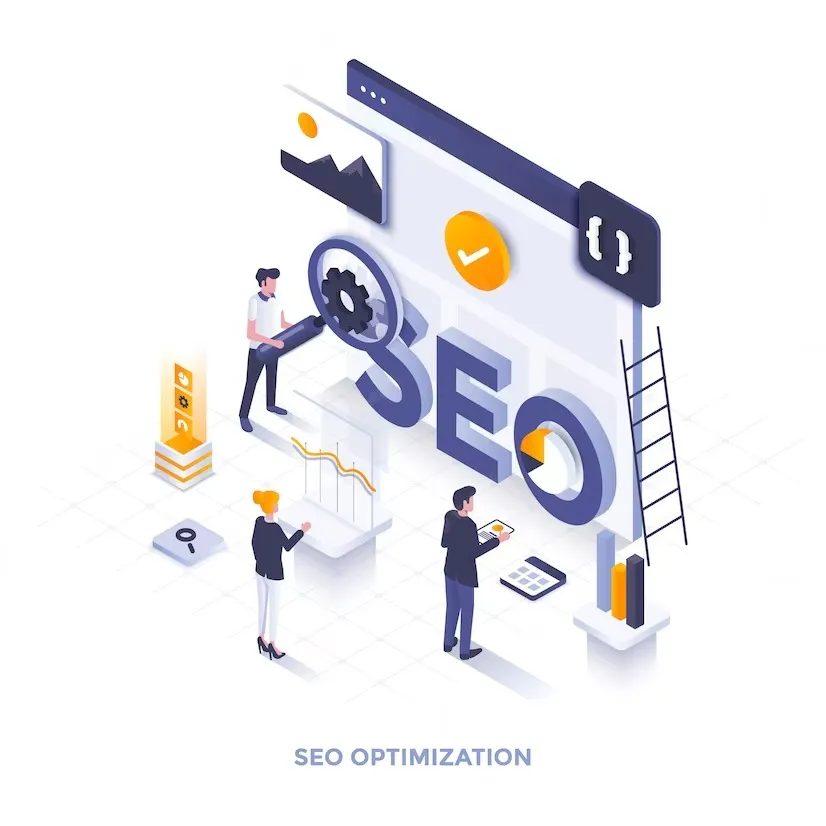Are you a nonprofit organization looking for ways to increase your online visibility and impact? SEO is a powerful tool that can help you do just that. SEO, or search engine optimization, is the practice of optimizing a website to improve visibility and rankings on search engine result pages. It is essential for nonprofits because it helps them reach more people and increase their donations and support.
This blog post will discuss the specific SEO challenges and opportunities faced by nonprofit organizations and how to use SEO to increase donations and support. So if you’re interested in learning how to boost your online visibility and impact, keep reading!

Understanding the Unique SEO Challenges Faced by Nonprofits
When it comes to search engine optimization (SEO), nonprofit organizations face unique challenges that can make it difficult to increase their online visibility and impact. Unlike for-profit businesses, nonprofits often have limited resources and budgets to dedicate to their online presence. This means they need to be strategic and efficient with their SEO efforts.
One of the biggest challenges that nonprofits face is competition. There are countless nonprofit organizations all vying for attention and support online. This means that ranking high on search engine result pages (SERPs) can be a real challenge. Nonprofits need to find ways to stand out and differentiate themselves from the crowd.
Another challenge that nonprofits face is the lack of technical expertise. Many nonprofit organizations have limited resources and may not have dedicated IT or SEO teams. This means that they may not have the technical knowledge or skills needed to optimize their websites for search engines. However, this doesn’t mean that nonprofits are destined to struggle with SEO. There are many tools and resources available that can help nonprofits improve their SEO, even without a dedicated team.
Balancing Impact and Content: Overcoming Nonprofit SEO Challenges
Additionally, nonprofits often face challenges when it comes to creating and maintaining fresh, quality content. Nonprofits are typically focused on their mission and delivering impact, which can make it difficult to consistently produce engaging and informative content. However, quality content is essential for SEO success, as search engines prioritize websites that provide value to users.
Despite these challenges, nonprofits also have unique opportunities when it comes to SEO. Nonprofits often have compelling stories and missions that can resonate with people. By leveraging these stories and missions in their content, nonprofits can create a strong emotional connection with their audience, leading to increased engagement and support.
In the following sections, we will explore specific strategies and techniques that nonprofits can use to overcome these challenges and leverage their opportunities for SEO success. By understanding and addressing the unique SEO challenges faced by nonprofits, you can boost your organization’s online visibility and impact.

Conducting Keyword Research for Nonprofit Websites
Conducting keyword research is a crucial step in any SEO strategy, and it’s no different for nonprofit organizations. By understanding what keywords and phrases people are using to search for information related to your cause, you can optimize your website and content to appear in search results, driving more traffic and engagement.
To begin conducting keyword research for your nonprofit website, start by brainstorming a list of keywords that are relevant to your organization. Think about the services you provide, the issues you address, and the goals of your nonprofit. Put yourself in the shoes of your target audience and consider what they might search for when looking for organizations like yours.
Next, use keyword research tools like Google Keyword Planner or Moz Keyword Explorer to expand your list and find new keyword ideas. These tools will provide you with valuable insights into search volume, competition, and related keywords. Pay attention to long-tail keywords, which are longer and more specific phrases that often have less competition and can result in more targeted traffic to your website.
Strategic Keyword Prioritization: Enhancing SEO with Relevance and Search Volume
Once you have a comprehensive list of keywords, prioritize them based on relevance and search volume. Look for keywords that have a decent search volume but aren’t too competitive, as these will be easier to rank for. Consider incorporating a mix of long-tail keywords and broader keywords to optimize your website for both targeted and broader searches.
With your list of prioritized keywords, start incorporating them into your website’s content, including page titles, headers, meta descriptions, and body text. Be sure to use keywords naturally and avoid over-optimization, as search engines prioritize user-friendly content that provides value.
Remember, keyword research is an ongoing process. Continuously monitor your website’s performance and make adjustments to your keyword strategy as needed. By regularly reviewing and refining your keyword research, you can ensure that your nonprofit website remains visible and relevant in search engine results, driving more traffic and increasing your online visibility and impact.

Creating Quality Content that Resonates with Donors
Creating quality content is crucial for nonprofit organizations to engage and resonate with their donors. By providing valuable and meaningful content, nonprofits can build trust and establish themselves as credible sources of information. Here are some strategies to help nonprofits create quality content that resonates with donors.
First, it’s important to understand your audience. Research and identify the needs, interests, and motivations of your donors. What are they passionate about? What are their pain points? Use this information to tailor your content and create messages that speak directly to their interests and concerns. By addressing their needs and providing valuable information, you can build a stronger connection with your donors.
Next, storytelling is a powerful tool for nonprofits. Share the stories of the individuals and communities that your organization serves. Personal narratives have the ability to create an emotional connection with your audience, evoking empathy and inspiring action. Whether it’s a success story, a testimonial, or a behind-the-scenes look at your organization’s work, storytelling can help your content resonate with donors on a deeper level.
Elevating Content Engagement: The Impact of Visual Elements in Marketing
In addition, visual content is becoming increasingly important in content marketing. Incorporate compelling images, infographics, videos, and other visual elements into your content. Visuals have the power to capture attention and convey information more effectively than text alone. They can also make your content more shareable and increase its reach.
Furthermore, authenticity is key. Donors want to feel connected to the cause they’re supporting. Be transparent and genuine in your communication. Share the real impact of your work, both the successes and the challenges. By being open and honest, you can build trust with your donors and inspire them to stay engaged.
Lastly, always strive for quality and consistency in your content. Proofread, edit, and fact-check to ensure accuracy and professionalism. Establish a content calendar and stick to it to maintain a consistent presence. Regularly evaluate and assess the performance of your content to understand what works and what doesn’t, and make adjustments accordingly.
By creating quality content that resonates with donors, nonprofits can cultivate stronger relationships, increase engagement, and ultimately drive more support for their important causes.

Optimizing On-page SEO Elements for Increased Visibility
Optimizing your website’s on-page SEO elements is crucial for increasing your nonprofit’s online visibility and reaching a wider audience. By fine-tuning these elements, you can improve your website’s rankings on search engine result pages (SERPs) and attract more organic traffic.
First and foremost, start by optimizing your page titles. These should accurately reflect the content of your pages and incorporate relevant keywords. Remember to keep them concise and engaging to encourage click-throughs from search results.
Next, pay attention to your headers, or H1 tags. These are the headings that structure your content and provide context to both users and search engines. Use them to highlight key sections and incorporate relevant keywords to improve your page’s visibility.
Meta descriptions are another crucial on-page element to optimize. These snippets of text appear below your page titles on search results and can greatly impact click-through rates. Make sure your meta descriptions are concise, and compelling, and accurately summarize the content of your pages. Incorporate relevant keywords naturally and make them enticing to encourage users to click.
Boosting SEO with URL and Image Alt Tag Optimization
In addition, optimize your URLs by including relevant keywords. This not only helps search engines understand what your page is about but also makes your URLs more user-friendly and memorable.
Another important element to optimize is your image alt tags. Alt tags are descriptions of images that appear when the image fails to load or is inaccessible. By including relevant keywords in your alt tags, you can improve the visibility of your images in image search results and potentially drive more traffic to your website.
Lastly, ensure that your content is well-structured and easily digestible. Use bullet points, subheadings, and other formatting elements to break up your content and make it more scannable. This not only improves the user experience but also helps search engines understand the hierarchy and relevance of your content.
By optimizing these on-page SEO elements, you can increase the visibility of your nonprofit’s website, attract more organic traffic, and ultimately increase your online impact.

Link Building Strategies for Nonprofits
Link building is a critical component of any effective SEO strategy, and it’s no different for nonprofit organizations. By building quality links to your website, you can improve your search engine rankings and increase your online visibility and impact.
One effective link building strategy for nonprofits is to reach out to other organizations and websites in your niche or related fields. Look for organizations that share similar values or missions and offer to collaborate on content or projects. By partnering with other reputable organizations, you can gain valuable backlinks to your website and increase your credibility in the eyes of search engines.
Another effective strategy is to leverage your existing network of supporters and volunteers. Reach out to your donors, board members, and volunteers and ask if they would be willing to share a link to your website on their personal or professional websites. Many people are willing to support causes they care about and would be happy to help promote your organization.
Building Backlinks Through Valuable Content Creation
Creating valuable and shareable content is also a great way to naturally attract backlinks. By producing high-quality articles, infographics, or videos that provide value to your audience, you increase the chances of other websites linking back to your content. Focus on creating content that is informative, engaging, and unique to your organization.
Additionally, consider guest posting on other reputable websites in your niche. Offer to write a guest article that provides valuable insights or information to their audience, and include a link back to your website in your author bio. This not only helps build backlinks but also allows you to showcase your expertise and reach a wider audience.
Lastly, don’t forget about the power of social media. By actively engaging with your audience on platforms like Facebook, Twitter, and LinkedIn, you can increase the chances of your content being shared and linked to by others. Encourage your followers to share your content and provide them with easy-to-use social sharing buttons on your website.
By implementing these link-building strategies, nonprofits can increase their online visibility, reach a wider audience, and ultimately drive more support for their important causes.

Measuring Success with Analytics and Metrics
Measuring the success of your SEO efforts is essential for nonprofit organizations. By analyzing and understanding the metrics and analytics associated with your website, you can gain valuable insights into the effectiveness of your SEO strategies and make informed decisions to improve your online visibility and impact.
One key metric to monitor is your website traffic. This includes the number of visitors to your site, the sources of your traffic (organic, referral, social media), and the pages that are receiving the most visits. By tracking these metrics, you can identify which pages and keywords are driving the most traffic and adjust your SEO strategy accordingly. For example, if you notice that a particular page is performing well, you can optimize it further or create more content similar to that topic to attract even more visitors.
Another important metric to consider is your conversion rate. This refers to the percentage of website visitors who take a desired action, such as making a donation or signing up for a newsletter. By tracking your conversion rate, you can assess the effectiveness of your calls-to-action, landing pages, and overall website design. If you notice a low conversion rate, you may need to optimize your website to make it more user-friendly and persuasive.

Tracking Website Engagement Metrics for Enhanced User Experience
Furthermore, it’s crucial to track the engagement metrics of your website, such as bounce rate, time on site, and page views per session. These metrics provide insights into how users are interacting with your website and can help you identify areas for improvement. For example, if you have a high bounce rate, it may indicate that users are not finding what they’re looking for or that your website is difficult to navigate. By addressing these issues, you can improve user experience and encourage visitors to stay on your site longer.
In addition to these metrics, it’s important to set specific goals and key performance indicators (KPIs) for your nonprofit organization. These could include increasing the number of donations, growing your email subscriber list, or increasing engagement on social media. By tracking these goals and regularly reviewing your progress, you can measure the success of your SEO efforts and make data-driven decisions to optimize your website and improve your online visibility and impact.
Remember, measuring success with analytics and metrics is an ongoing process. Continuously monitor and analyze your data, and make adjustments to your SEO strategies as needed. By staying informed and proactive, you can maximize the impact of your nonprofit organization and drive more support for your important causes.










